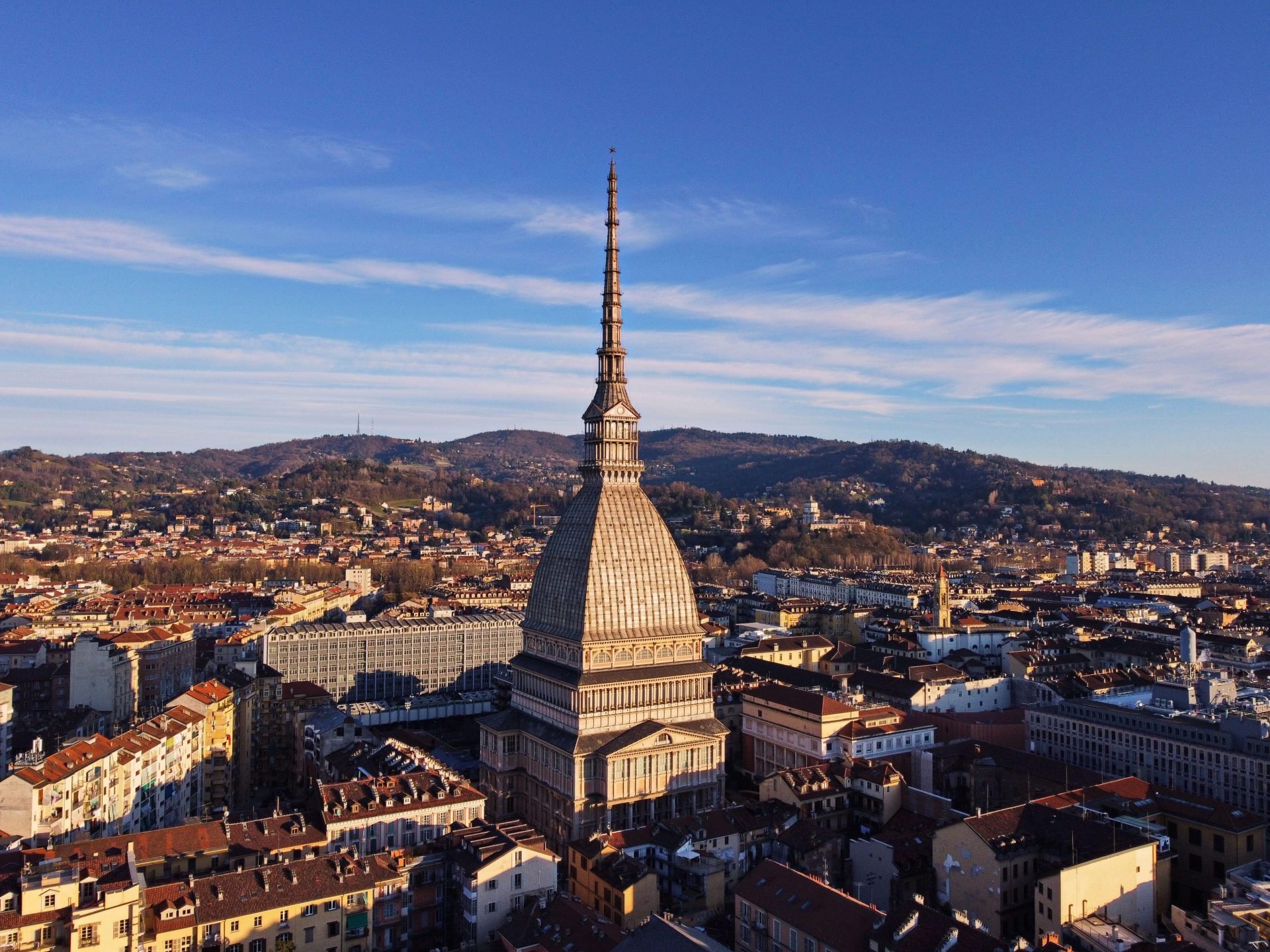The DIGITORIAL® TO THE EXHIBITION
REBEL of MODERNity
“My rebellion
consists of painting”
Carol Rama
Carol Rama in her live-in art studio, 1994
Innovative and extraordinary. Uncompromising and unconventional. Carol Rama left behind a unique oeuvre.
She is one of the outstanding female artists of Modernism, and yet she came to international fame late on. Today, she is recognized for her profound creativity as a pioneer of feminist art and a non-conformist. From abstract painting to surrealist object montages, Carol Rama continuously honed her craft. The SCHIRN presents the first major survey exhibition of the artist in Germany and pays tribute to her significant contribution to the Avant-garde. In this Digitorial, discover the captivating world of Carol Rama, a rebel of Modernism.
Chapter I
The staging of the self
Senza titolo, 1967 (Detailed view)
Carol Rama in the years 1961, 1988, 1954, 1951, 1994, 1969
Carol Rama (1918–2015) was an artist with an impressive range and many facets. Approximately every ten years, she reinvented herself in very different groups of works. Yet in doing so, she always managed to stay true to herself.
From the beginning of her career in the 1930s to the early 2000s, she forged an over 70-year-long oeuvre characterized by her experimentation-driven process. Working outside major schools and artist collectives and without a formal academic education, the artist found her way to new forms of expression. The continuous examination of her life – including deeply personal experiences and strokes of fate – binds the various periods of works like a common thread. Carol Rama deals with the universal human themes of sexuality, desire, illness, and death. She is a pioneer with the courage to be controversial and to cross boundaries in the same vein as Louise Bourgeois, Niki de Saint Phalle, and Maria Lassnig. Her subject matter anticipates the women’s movement and remains highly topical even today.
“Everything and nothing
is autobiographical.”
Carol Rama
Perhaps the most fitting portrait of Carol Rama is not a picture, but rather Man Ray’s poem “Femme de sept visage” (En. “Woman with Seven Faces”, 1974). Rama placed it in her live-in art studio next to a photograph of the artist.
The perspective on her works was often obscured by the effects of her dazzling persona – the artist was a master of self-dramatization. Rama repeatedly depicts events from her own life, but the line between what she actually experienced and what she invented is blurred. These anecdotes are both poetic extensions and indispensable components of her artistic work.
La Casa Studio
− the live-in art studio in Turin
-
Detailed arrangement of utensils
-
The work table in Rama’s live-in art studio
-
Tubes and rubber tires staged like an installation
-
Another workstation in Rama‘s bedroom
-
Working materials and tools dramatically illuminated
-
Photos of Rama with friends cover the wall
-
Stacks of crates behind an exhibition poster of 1994
Claws, doll’s eyes, and bicycle inner tubes. The “Casa Studio Carol Rama” is so spectacular in its installation-like design that Italian Vogue wanted to photograph it.
For more than 70 years – from 1943 until her death in 2015 – Carol Rama lived and worked on the top floor of Via Napione 15 in Turin. From the late 1940s onwards, her live-in art studio was an unofficial meeting point for Turin’s intellectuals and creatives, with whom Rama cultivated lively exchanges. The apartment is regarded as an extension of her artistic sphere of influence. In it, an exuberant abundance of everyday objects and materials that the artist used in her works have been preserved and arranged on walls, shelves, and tables. Like a massive diorama of Rama and her creations, it gives the impression of a “work in progress”. While in her studio, one feels as if they are participating directly in the creative process when observing the cut-open tubes of paint, boxes full of dolls’ eyes, and stacks of shoemakers’ last.
Turin – a center of art in Italy

After World War II, Turin became one of Italy’s centers for art. It was here that avant-garde movements such as “Arte Povera” emerged. Many of the most prominent Italian artists worked here, including Felice Casorati, Albino Galvano, and Mario and Marisa Merz. “Artissima”, one of the most important contemporary art fairs in Italy, has been held here every year since 1994.
Due to its location, the city has played an important role in power politics for centuries and was the capital of Italy from 1861 to 1865. Architectural evidence of its political history can be seen today in the antique Roman ruins, Baroque palaces, and Art Nouveau neighborhoods. It is also known as a center of industry and the original production location of the “Fiat” automotive brand. Presently, Turin is the capital of the Piedmont region. With a population of almost 850,000, it is currently Italy’s fourth-largest city.